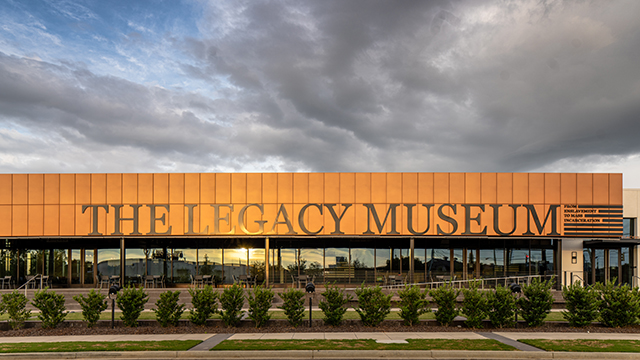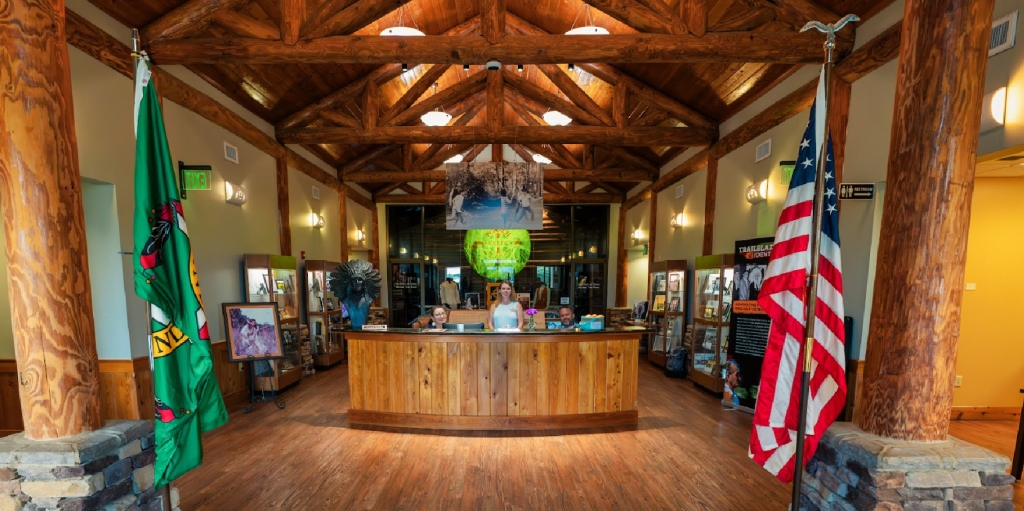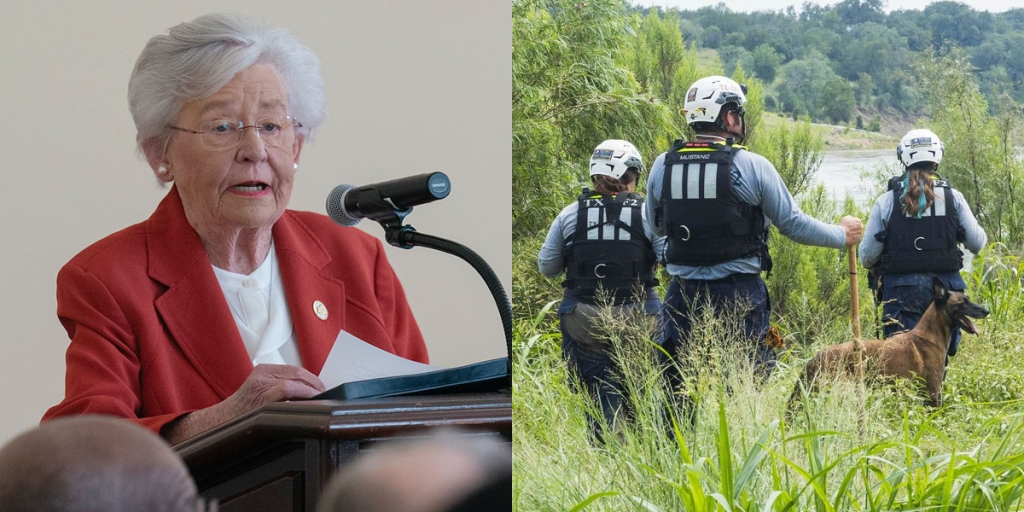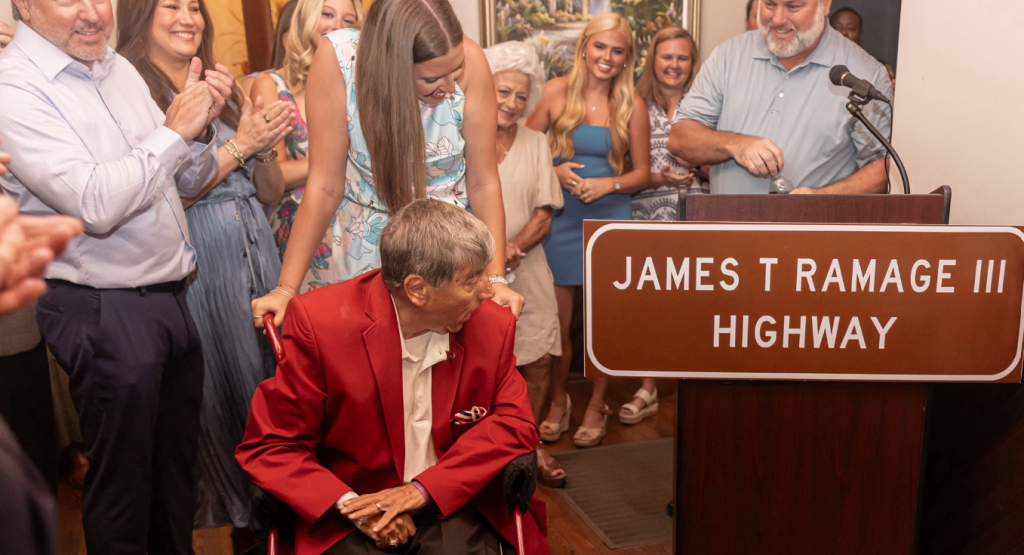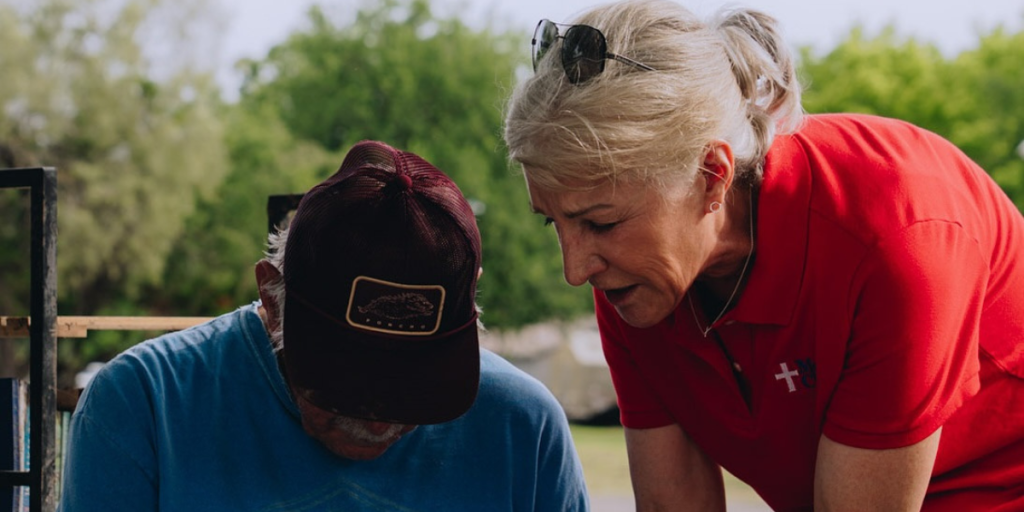The Equal Justice Initiative (EJI) has opened the doors to its newly expanded Legacy Museum in Montgomery with free admission and special gifts for visitors through Oct. 3. The museum examines the legacy of slavery, from its introduction into the New World in the 17th century to ongoing issues related to mass incarceration.
The new facility, at 400 N. Court St., is four times the size of its former location and houses dramatically more content. Located on the site of an old cotton warehouse and within walking distance of a former slave auction site, the museum features exhibits about the transatlantic slave trade; the Reconstruction era following the Civil War; the civil rights era of the mid-1900s, including the Montgomery bus boycott and resistance to racial integration; and information about voter disenfranchisement, among other issues that carry over to contemporary times.

Since opening in 2018, the Legacy Museum and nearby National Memorial for Peace and Justice have drawn hundreds of thousands of people, with tickets sold out 80% of the time. The new museum space will be able to accommodate significantly more visitors.
“Before the pandemic, given the crowds the sites have attracted, we were at capacity in our current museum most of the time,” said EJI Executive Director Bryan Stevenson. “The last year has given us an opportunity to expedite a plan to greatly expand the museum space, and we’re very excited to share it with the world,”
The museum’s expanded exhibits provide an opportunity for visitors to gain a deeper understanding of how the forced abduction and trafficking of millions of Black people created lasting injuries and suffering.
For example, the larger space now includes a gallery featuring works by some of the country’s most acclaimed artists and sculptors, including Glenn Ligon, Deborah Roberts, Jacob Lawrence, Alison Saar, Elizabeth Cathlett, Gordon Parks and Carrie Mae Weems.
The transatlantic slave trade wing features more than 200 new sculptures by African artists. Several original animated short films were developed for the space with narration from award-winning actors including Lupita Nyong’o, Don Cheadle and Wendell Pierce.
The gallery includes pieces created for the Legacy Museum, and its entire collection is curated in dialogue with the museum’s historical narrative. Collaborations with famed musicians, including Wynton Marsalis, Jon Booz, Lil Buck, The Aeolians, Chrystal Rucker and Brandie Sutton, explore the role of music and dance in understanding our nation’s history and the role of the arts.

The expanded museum offers a closer look at the Montgomery bus boycott and the work of legendary civil rights activists. The iconography of Jim Crow is presented in a collection of signs and notices collected from around the country. EJI compiled laws and statutes that codified racial apartheid in America for visitors to read and experience.
New content details the barriers to voting and equal rights that Black people faced. Visitors can take a poll test and experience the arbitrary and humiliating way voting officials disenfranchised Black residents.
The new mass incarceration wing features voices of people who have been wrongly condemned, unfairly sentenced and unjustly treated in the U.S. legal system. Visitors will learn about the plight of children prosecuted as adults, people with mental illness, people experiencing poverty and those suffering brutal conditions in the nation’s prisons and jails.
A new “Reflection Space” honors hundreds of people who worked throughout their lives to challenge racial injustice. Featuring music and powerful images, the space is designed to inspire people to reflect on what they can do to make a difference.


Information about the domestic slave trade has been expanded significantly to include first-person narratives from enslaved people trafficked to the Deep South in the 19th century.
Exhibits about the era of lynching include audio and photographic material, and 800 jars of soil collected from lynching sites across the country as part of EJI’s Community Remembrance project. First-person accounts are enhanced by an examination of the heroic efforts to challenge lynching violence led by pioneering Black journalist Ida B. Wells and student activists who protested for years.
Outside the museum, visitors can engage with a powerful memorial to victims of racial terror violence during Reconstruction.
“For many Americans, the last year has generated a new desire to examine our history more carefully and to understand the consequences of enslavement, mob violence and Jim Crow laws on contemporary issues. We believe our museum and memorial can contribute enormously to that education,” Stevenson said.

EJI will expand its shuttle service to transport guests between the museum and the National Memorial for Peace and Justice. EJI is developing meeting spaces and a new plaza to host visiting groups.
Click here to learn more about EJI, the museum and the memorial, including visitor information.
(Courtesy of Alabama NewsCenter)




